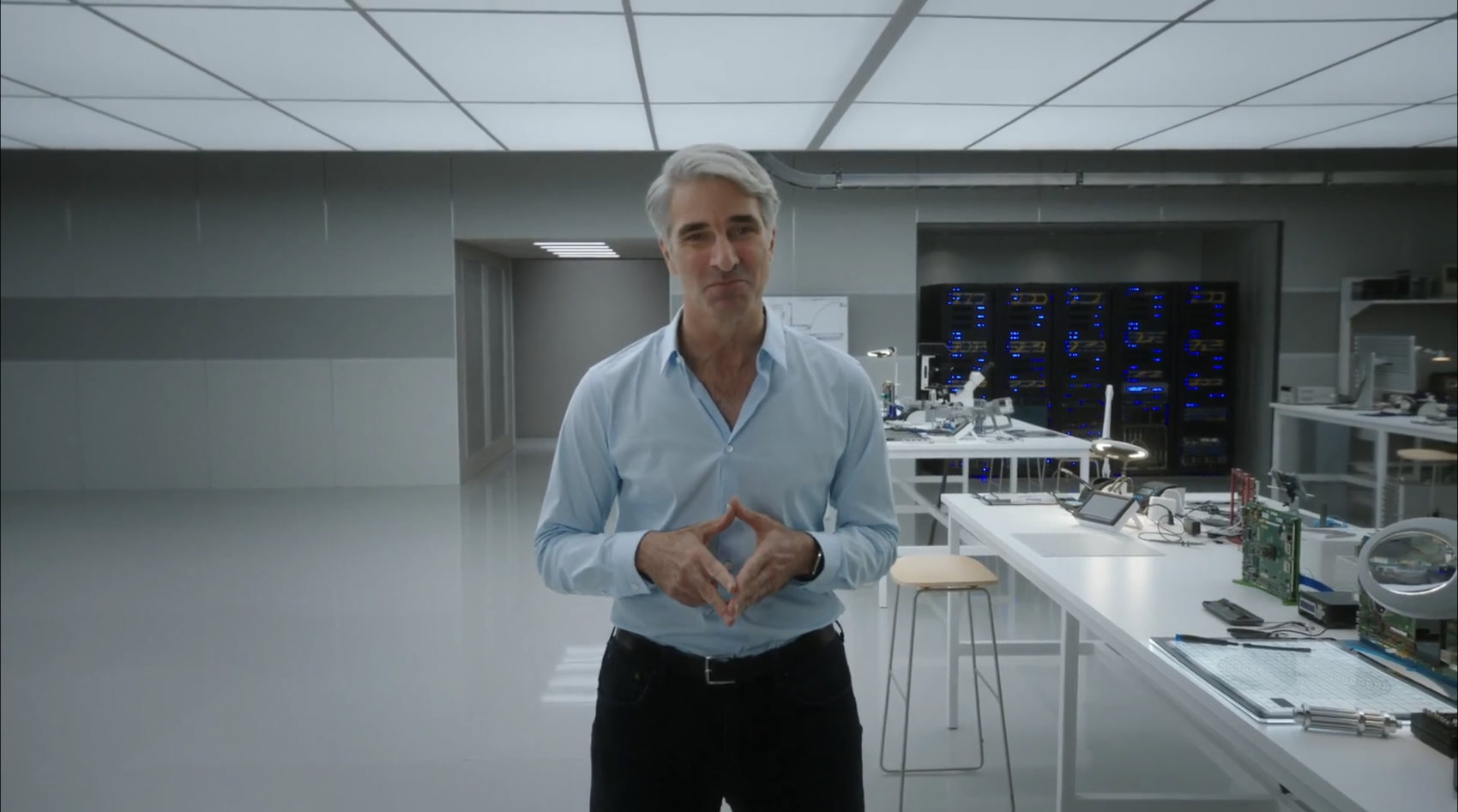Apple’s Craig Federighi highlighted the flexibility of iPadOS and the new features we can expect in iOS 15.
Home Screen

The Home Screen is getting a big update, with the ability to include Widgets mixed in with app icons. To take advantage of the iPad’s larger screen, Widgets have been updated to allow for bigger sizes, perfect for TV widgets.
Multitasking
Multitasking gets its biggest update since the feature’s introduction, and adds a number of abilities people have been clamoring for.
iPadOS now includes a new multitasking menu at the top of the screen. Tapping the new menu makes it much easier to open another app and add it to Split Screen or Slide Over.

The new multitasking features also include the ability to minimize apps or app windows into a new Shelf at the bottom of the screen. The Shelf stays visible, even when switching to new apps.
Swiping down on an app in Split View makes it much easier to change the active app.
Notes
Notes have received a big update, adding Mentions. When tagging a person with a Mention, they’re automatically notified. A built-in tag browser provides a way to see all the different tags associated with a given note.

iOS 15 also includes Quick Note, a way to create a note from any app. Simply swipe up from the bottom right corner to create a new app. The feature is also app-aware, adding specific functionality based on the app currently in the background.




